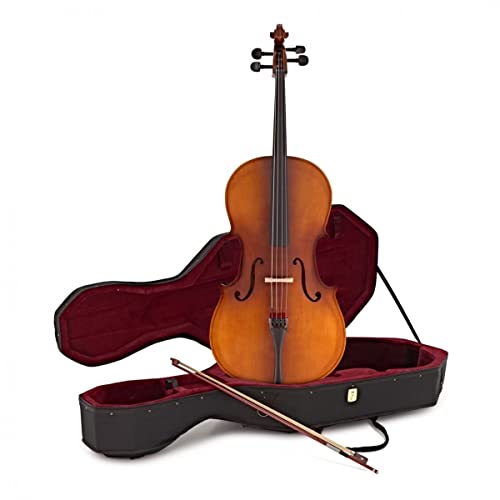When Should You Replace Your Cello Strings?
As a cellist, you know that your strings are what produce the rich and resonant sound of your instrument. But just like any other component, cello strings wear out over time and need to be replaced. But when is the best time to replace them?
Signs That It’s Time to Replace Your Cello Strings
There are a few signs that indicate that it’s time to invest in a new set of cello strings. The first is that your current strings are no longer producing the sound quality you need. If your tone sounds muted, dull, or lacks projection, then it might be time to replace your strings.
Another sign is if your strings are visibly worn or have become discolored. Over time, strings can lose their luster and look dull or yellowed. They may also become frayed or have a rough texture when you touch them, which can affect the sound that they produce.
How Often Should You Replace Your Cello Strings?
Generally speaking, cello strings should be replaced every six months to a year, depending on how often you play and how well you care for your instrument. If you frequently perform or practice, you may need to replace your strings more often.
If you notice any of the signs mentioned earlier, don’t wait to replace your strings. Ignoring the problem can result in poor sound quality, intonation issues, and even damage to your instrument.
Choosing the Right Cello Strings
When it comes to choosing the right cello strings, there are several factors to consider. The type of music you play, the style of your instrument, and your personal preferences can all influence your decision.
You may want to experiment with different types of strings to find the ones that produce the sound that you’re looking for. It’s also important to choose strings that are appropriate for your skill level and playing style.
Knowing when to replace your cello strings is crucial for maintaining the quality of your sound and the lifespan of your instrument. By paying attention to the signs and replacing your strings regularly, you can continue to produce beautiful music for years to come.






